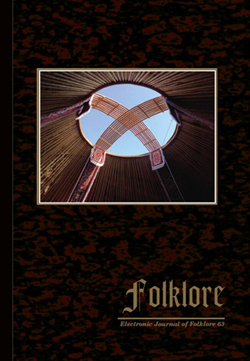Prison Camp No. 29 for Prisoners of War from the Second World War on the Territory of Kazakhstan between 1943–1949
Prison Camp No. 29 for Prisoners of War from the Second World War on the Territory of Kazakhstan between 1943–1949
Author(s): Aimar Ventsel, Baurzhan ZhanguttinSubject(s): Customs / Folklore, Social history, Cultural Anthropology / Ethnology, Culture and social structure , WW II and following years (1940 - 1949)
Published by: Eesti Kirjandusmuuseum
Keywords: Gulag; Kazakhstan; Pakhta-Aral; prisoners of war; repressions
Summary/Abstract: This article is the first publication of materials about Pakhta-Aral prison camp No. 29 for prisoners of war. The fate of prisoners of war (both Western and Eastern) remains largely unclear. One reason is because the camps for prisoners of war were subordinated to an extremely closed and classified structure – the GUPVI. To some extent, Pakhta-Aral was an untypical prison camp in the Soviet prison camp system. While most prison camps were established to support industry or resource extraction with labour, then a far smaller number of prison camps were connected to agriculture. The Pakhta-Aral camp was opened as a workforce supply for the cotton growing collective farms of Kazakhstan. Interestingly, archival data show that the need to supply the camp with food and clothes added some liberal aspects to camp life. Some researchers argue that prison camps were a model for the so-called ‘non-Gulag’ society, but the Pakhta-Aral camp shows that at least some civic practices were adopted where they helped to improve the functioning of the camp.
Journal: Folklore: Electronic Journal of Folklore
- Issue Year: 2016
- Issue No: 63
- Page Range: 9-28
- Page Count: 20
- Language: English

